Table of content
- Chestnuts: The Star of the Show
- The Grain Base: Rice and Beyond
- Liquid: The Silent Flavor Carrier
- Aromatics and Seasonings
- Sauté Aromatics
- Toast the Grains
- Simmer with Liquid
- Incorporate Chestnuts
- Blend or Mash (Optional)
- Finish with Flavor
- Savory Chestnut Porridge
- Sweet Chestnut Porridge
- Vegan and Gluten-Free Options
Chestnut porridge, a comforting and nourishing dish, has been cherished across cultures for centuries. Its rich, creamy texture and subtle sweetness make it a beloved meal during colder months or as a soothing breakfast option. While the recipe may seem straightforward, achieving the perfect balance of flavors and textures requires attention to detail, quality ingredients, and a touch of culinary finesse. This guide will walk you through every step of creating chestnut porridge that tantalizes the taste buds and warms the soul, from selecting the finest chestnuts to mastering the simmering process.
The Allure of Chestnut Porridge
Chestnut porridge, often referred to as kastanjengrütze in German or kurigohan in Japanese, transcends geographical boundaries. Its humble origins in peasant kitchens have evolved into a gourmet delight featured in modern restaurants. The dish’s appeal lies in its versatility—it can be served as a savory accompaniment to roasted meats, a sweet dessert topped with honey, or a standalone meal enhanced with spices. The natural nuttiness of chestnuts blends seamlessly with creamy rice or grains, creating a harmony of flavors that is both grounding and indulgent.
Understanding the Key Ingredients
Chestnuts: The Star of the Show
The foundation of exceptional chestnut porridge is, without doubt, the chestnut. Unlike other nuts, chestnuts are low in fat and high in complex carbohydrates, making them a unique ingredient. When selecting chestnuts, opt for fresh, plump specimens with glossy shells. Avoid those with mold, cracks, or holes, as these indicate spoilage. If fresh chestnuts are unavailable, vacuum-packed or frozen varieties can serve as alternatives, though they may lack the depth of flavor of their fresh counterparts.
Preparing Chestnuts:
- Scoring: Use a sharp knife to create an “X” on the flat side of each chestnut. This prevents explosion during roasting and eases peeling.
- Roasting: Roast chestnuts in a preheated oven at 400°F (200°C) for 15–20 minutes until the shells curl and the flesh softens.
- Peeling: While still warm, remove both the outer shell and inner skin. This process is easiest when the chestnuts are hot, so work quickly or reheat them briefly if needed.
The Grain Base: Rice and Beyond
Traditional recipes often use short-grain rice, such as Arborio or sushi rice, for its starchy consistency, which thickens the porridge beautifully. However, alternative grains like quinoa, millet, or even oats can add a modern twist. For a gluten-free option, ensure your grain of choice is certified gluten-free.
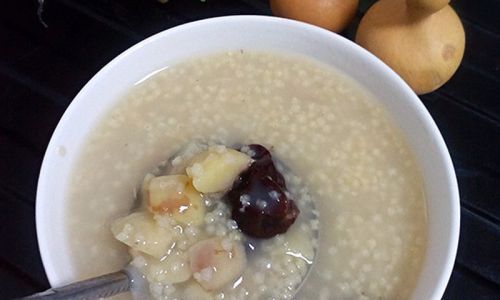
Rice Preparation Tips:
- Rinse rice under cold water to remove excess starch, preventing gumminess.
- Soak rice for 30 minutes prior to cooking to shorten cooking time and enhance texture.
Liquid: The Silent Flavor Carrier
The liquid used—whether water, broth, or milk—profoundly impacts the porridge’s richness. Vegetable or chicken broth adds depth, while coconut milk introduces tropical sweetness. For a dairy-free version, almond or oat milk works wonders. The ratio of liquid to grain typically ranges from 4:1 to 5:1, depending on desired thickness.
Aromatics and Seasonings
Elevate the porridge with aromatics like garlic, onions, or ginger. Sweeteners such as honey, maple syrup, or brown sugar balance the chestnuts’ earthiness. A pinch of salt is non-negotiable, as it amplifies all flavors. For gourmet flair, add a splash of vanilla extract, a cinnamon stick, or a star anise pod during simmering.
Step-by-Step Cooking Process
Sauté Aromatics
In a heavy-bottomed pot, melt a tablespoon of butter or oil over medium heat. Add finely chopped onions or shallots and sauté until translucent. For a savory porridge, include minced garlic or ginger; for sweetness, omit garlic and add a cinnamon stick.
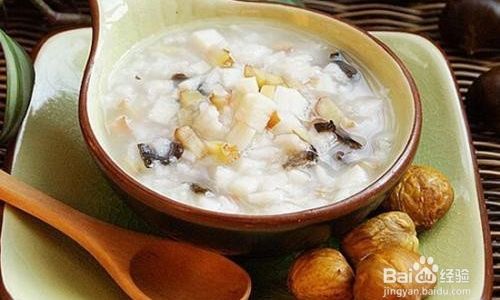
Toast the Grains
Add the rinsed rice to the pot and stir gently for 2–3 minutes until the grains become translucent. Toasting enhances the rice’s nutty flavor and prevents clumping.
Simmer with Liquid
Pour in the liquid of choice—broth for savory, milk for sweet—and bring to a gentle boil. Reduce heat to low, cover, and simmer for 15–20 minutes, stirring occasionally to prevent sticking.
Incorporate Chestnuts
Once the rice is tender, add the peeled and roughly chopped chestnuts. Continue simmering for an additional 10–15 minutes, allowing the chestnuts to soften and meld with the grains.
Blend or Mash (Optional)
For a smoother texture, use an immersion blender to purée part of the porridge. Alternatively, mash a portion of the chestnuts against the pot’s side. This creates a luxurious creaminess without losing texture.
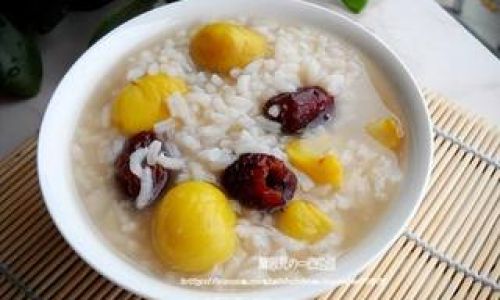
Finish with Flavor
Stir in sweeteners, herbs, or spices. Adjust seasoning with salt and pepper. For a decadent touch, swirl in a dollop of crème fraîche or a pat of butter before serving.
Mastering Texture and Consistency
The ideal chestnut porridge should coat the back of a spoon without being overly thick or runny. Achieving this balance requires patience and observation:
- Too Thick: Gradually stir in small amounts of hot liquid (water or broth) until desired consistency is reached.
- Too Thin: Simmer uncovered for 5–10 minutes to reduce excess liquid.
Creative Variations
Savory Chestnut Porridge
- Add diced bacon or pancetta during the aromatics stage.
- Incorporate sautéed mushrooms or spinach before serving.
- Top with a fried egg and a sprinkle of Parmesan.
Sweet Chestnut Porridge
- Swap broth for almond milk and sweeten with honey.
- Add dried fruits like cranberries or apricots during simmering.
- Serve with a drizzle of caramel sauce and toasted pecans.
Vegan and Gluten-Free Options
- Use coconut oil instead of butter and vegetable broth.
- Ensure grains are certified gluten-free.
- Enhance creaminess with a splash of full-fat coconut milk.
Troubleshooting Common Issues
- Lumpy Porridge: Stir more frequently during cooking to prevent clumping. Rinsing rice thoroughly also helps.
- Bland Flavor: Roast chestnuts longer to deepen their sweetness. Increase aromatics or add a splash of soy sauce or miso for umami.
- Burnt Bottom: Use a heavy-bottomed pot and stir regularly, especially as the porridge thickens.
Serving and Pairing Suggestions
Chestnut porridge’s versatility shines in its pairings:
- Breakfast: Serve with a side of crispy bacon and a poached egg.
- Lunch/Dinner: Pair with roasted vegetables or grilled chicken.
- Dessert: Top with stewed apples, a cinnamon stick, and a dollop of whipped cream.
The Health Benefits of Chestnut Porridge
Beyond its culinary appeal, chestnut porridge offers a wealth of nutritional benefits:

- Fiber-Rich: Chestnuts and grains aid digestion and promote satiety.
- Vitamin Boost: Chestnuts are packed with vitamin C, B vitamins, and potassium.
- Low in Fat: Unlike other nuts, chestnuts are cholesterol-free and low in saturated fats.
Preserving Leftovers
Chestnut porridge keeps well in the refrigerator for up to 3 days. To reheat, add a splash of liquid and warm gently over low heat, stirring constantly. For longer storage, freeze portions in airtight containers for up to 3 months.
Cultural Significance
In Japan, kurigohan is a autumn staple, often served with sake. In Europe, chestnut porridge graces holiday tables, symbolizing abundance. Understanding these traditions adds depth to the cooking experience, transforming a simple meal into a cultural journey.
Conclusion: The Joy of Chestnut Porridge
Crafting the perfect chestnut porridge is an act of love—a dance between patience, precision, and creativity. Whether you prefer it savory or sweet, rustic or refined, this dish invites experimentation. So gather your ingredients, embrace the rhythm of the kitchen, and savor the reward of a bowl filled with warmth, flavor, and tradition. Bon appétit!
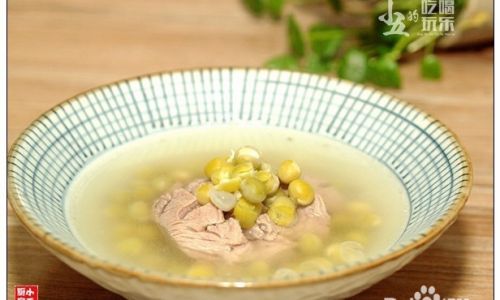

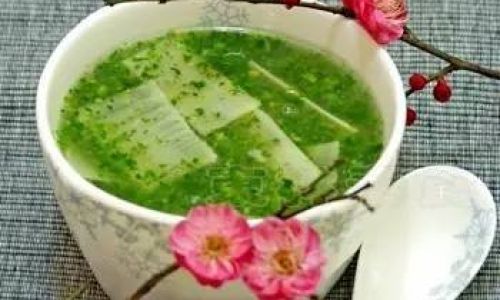
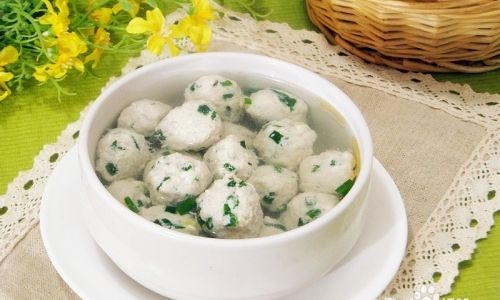
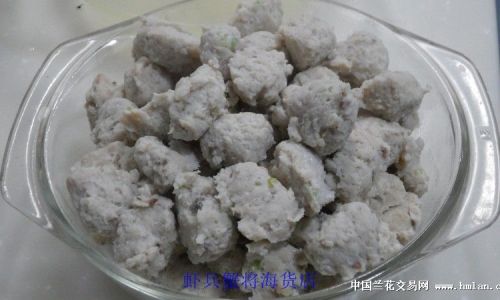
0 comments